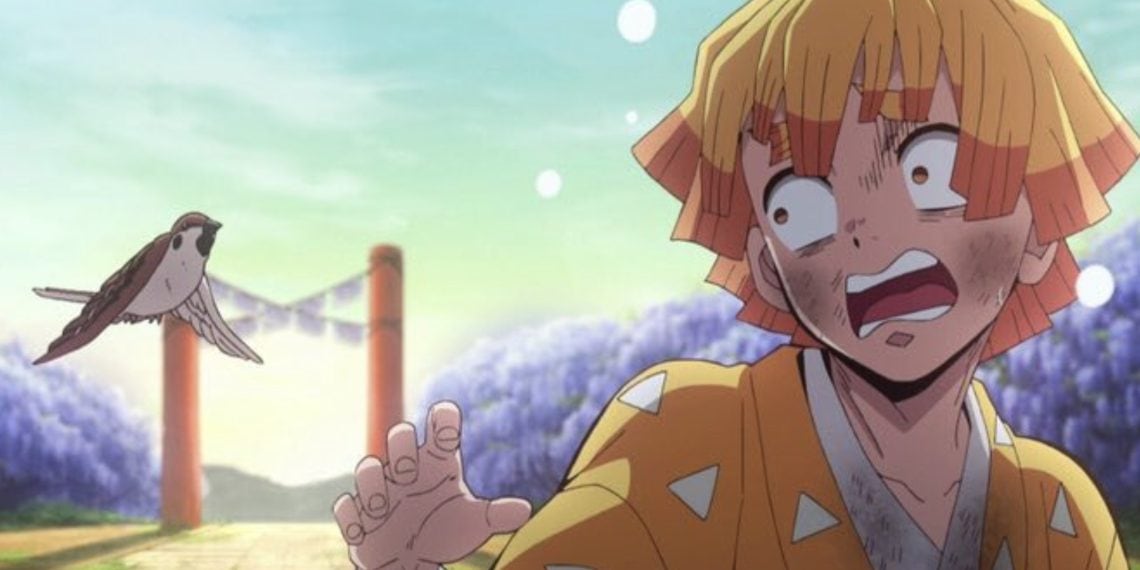After surviving the demanding final selection process, new Demon Slayer Corps members receive their uniforms and swords. They also get a gifted companion – a messenger bird that will inform them of upcoming missions.
Typically these birds are crows with glossy black feathers. However, one new slayer named Zenitsu Agatsuma receives a small brown sparrow named Chuntaro instead.
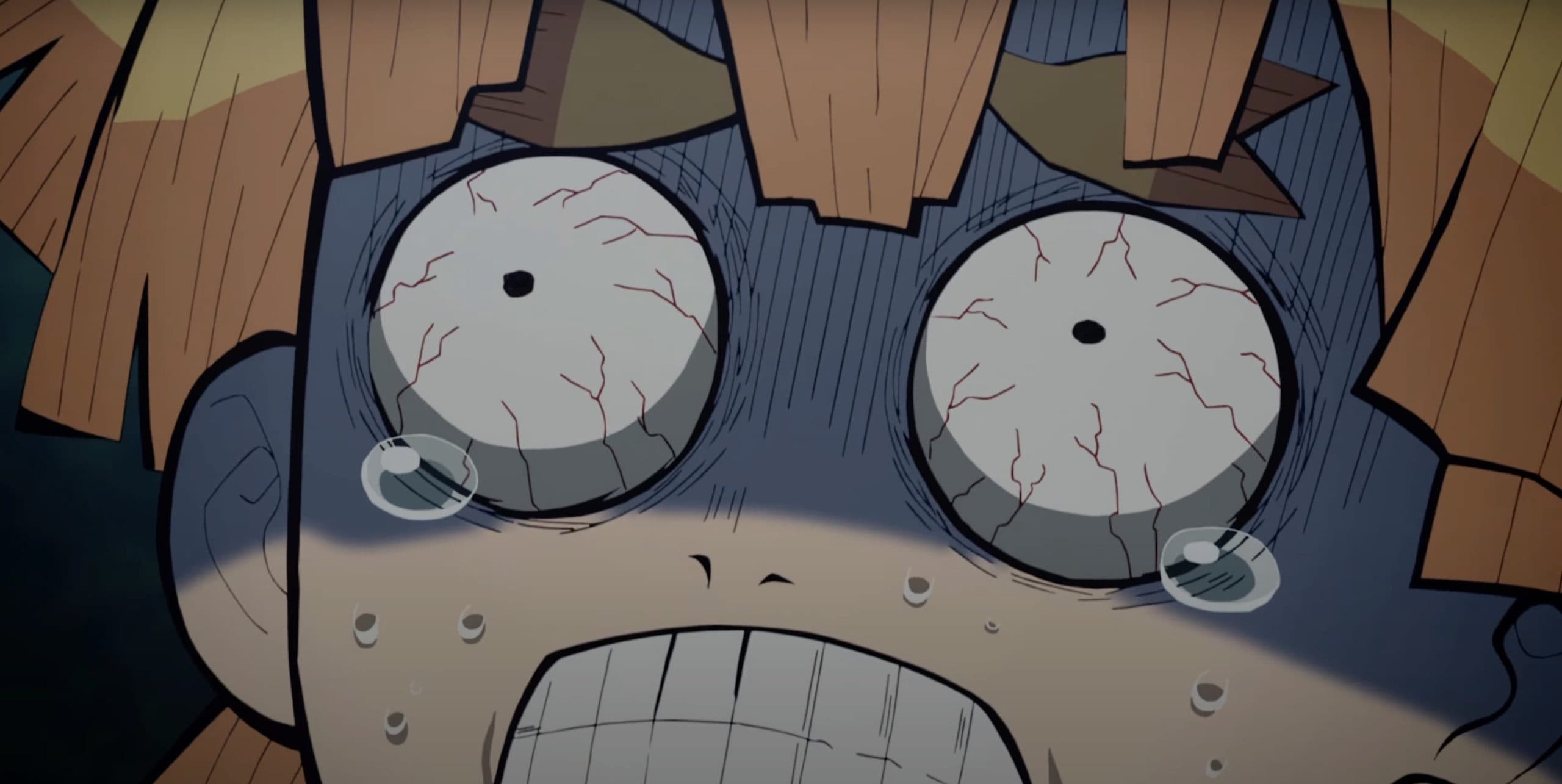
This sparrow is a nod to old Japanese folk tales. Crows are often featured in legends as wise messengers from the gods, guiding heroes in battles. The Yatagarasu, or three-legged crow, was especially iconic.
Its three legs embodied divine traits like wisdom, kindness, and courage. So in Demon Slayer, the crows link to that folklore and symbolize protection and direction for the slayers.
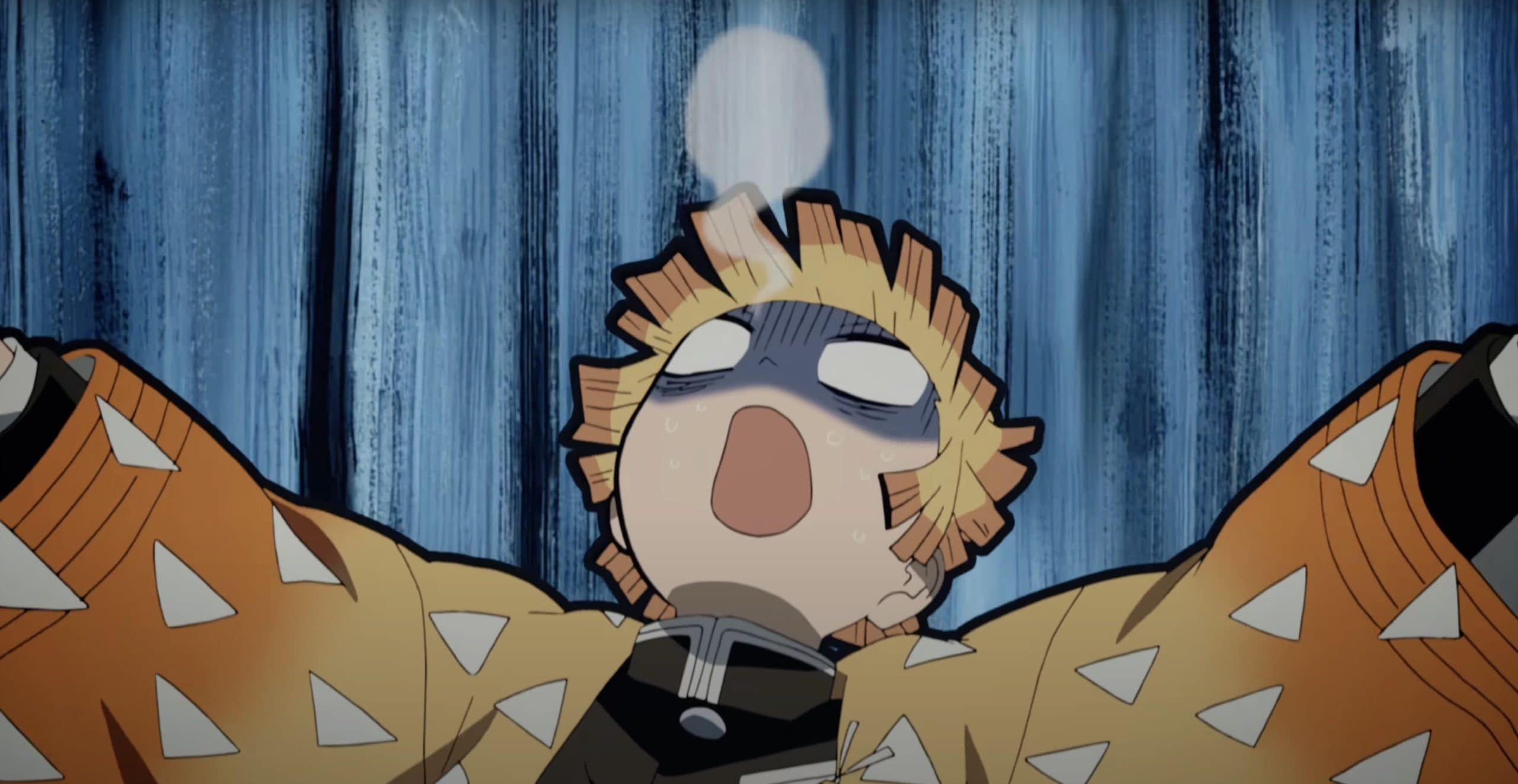
As for why Zenitsu gets a humble sparrow rather than an elegant crow, that remains a mystery. But the little bird still loyally serves as his messenger on dangerous missions, despite its small size. So perhaps size and appearance can be deceiving when it comes to courage.
The Sparrow’s Symbolism In Demon Slayer
The crow may have an auspicious legacy in Japanese folklore, but the sparrow represents something different – room to grow. This makes it the perfect match for Zenitsu’s character arc.

When we first meet Zenitsu, he does not embody the wise, courageous traits of the legendary crows. He is a kind soul who protects Nezuko but is also overwhelmed by fear, hiding behind others stronger than himself.
However, an old folk tale offers insight into the sparrow messenger. In the “Story of the Cut-Tongue Sparrow”, a cruel man injures a sparrow who then wreaks vengeance through clever tricks.

Despite its small size and injured tongue, the sparrow displays bold ingenuity.
Similarly, though starting out timid, Zenitsu has great potential for growth. His sparrow Chuntaro was likely chosen to represent that promise.
Like the cut-tongue sparrow, appearances can be deceiving when it comes to inner strength.

So while Zenitsu begins lacking the wisdom and courage linked to crows, his sparrow foreshadows the development of those heroic qualities within him through his adventures.
The Tale of the Cut-Tongue Sparrow
The story follows an old woodcutter who rescues an injured sparrow. Despite his kindness, his greedy wife resents him caring for it.
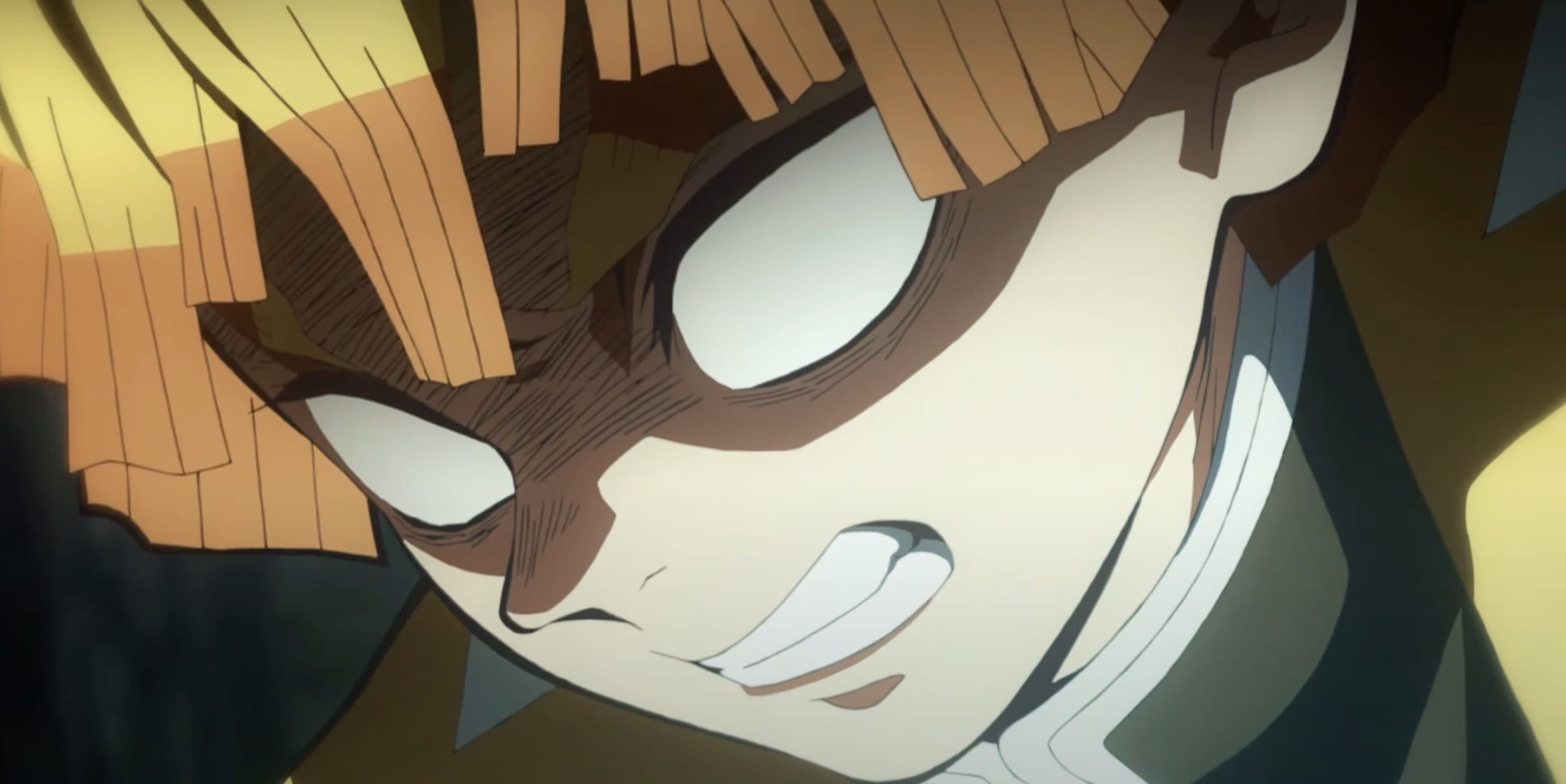
One day while the woodcutter is out, the hungry sparrow eats some starch. The wife loses her temper – she cuts out the sparrow’s tongue and tosses it from their home.
When the woodcutter returns and hears what happened, he immediately sets off to find the maimed bird. He discovers a nest of sparrows, including the one he had rescued.
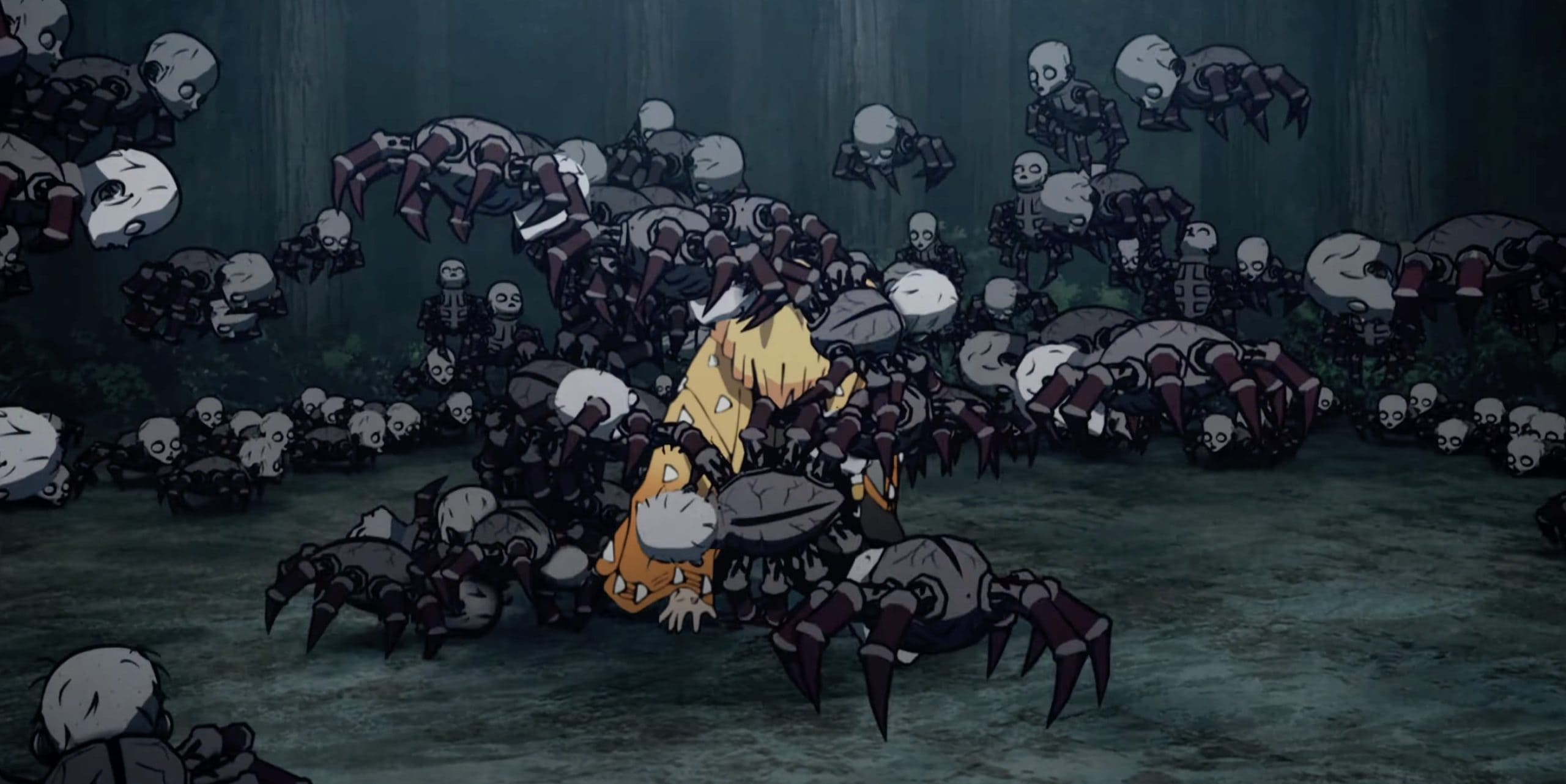
To repay his compassion, they offer him two chests – one small, one large. Humble and realistic, the woodcutter takes the smaller chest. Upon returning home, he and his wife discover it brimming with precious treasure.
Seized by greed, his wife rushes back to demand a bigger chest. Impatient to get her prize, she opens it mid-journey only to release a swarm of snakes.
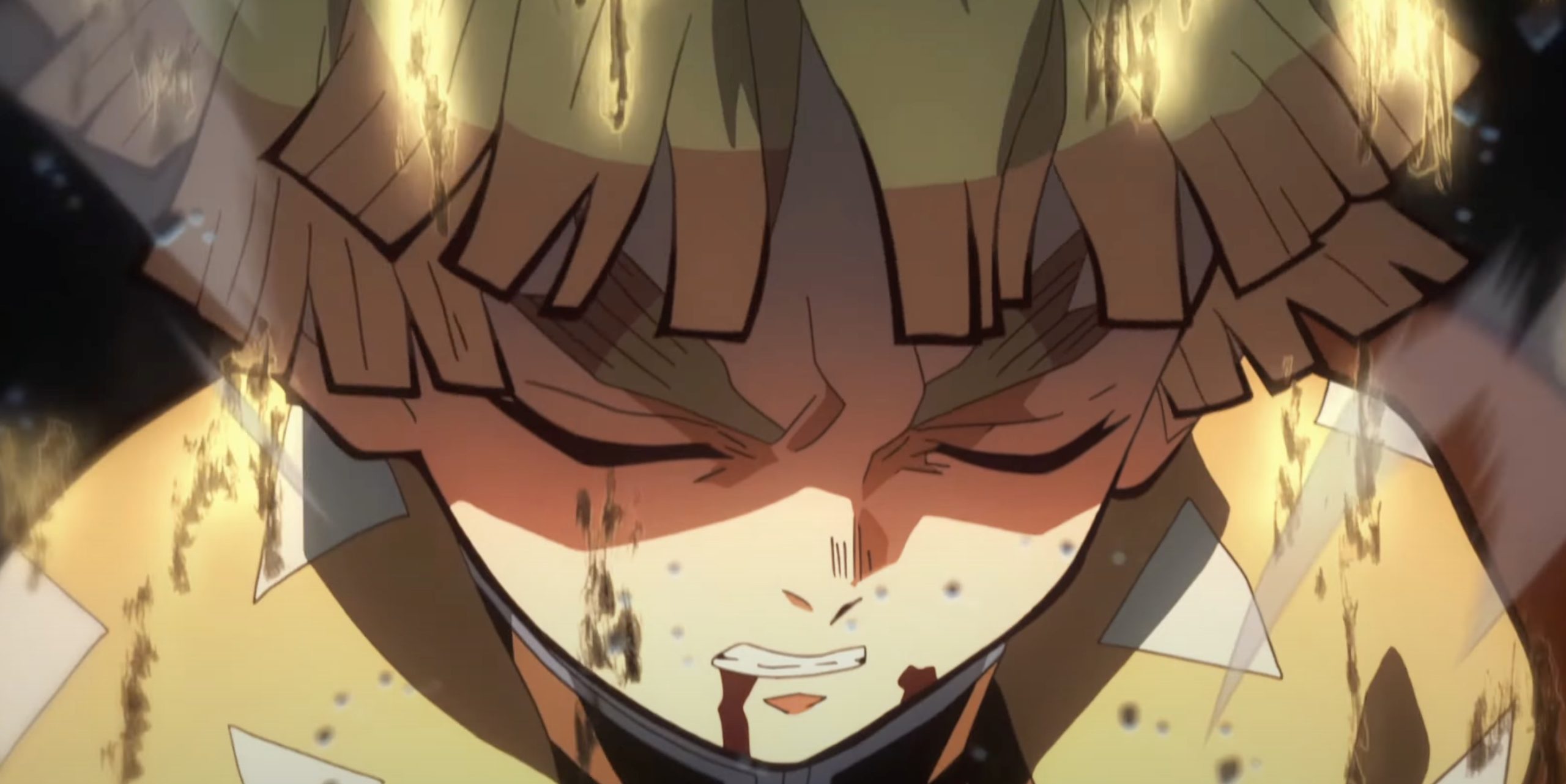
The horrifying sight causes her to fall from a cliff to her death. Despite its injury and modest appearance, the sparrow ultimately achieved clever vengeance through the woodcutter’s selfless loyalty.
Much like the story, Zenitsu and his sparrow Chuntaro may seem weak and unimpressive initially compared to the other slayers.
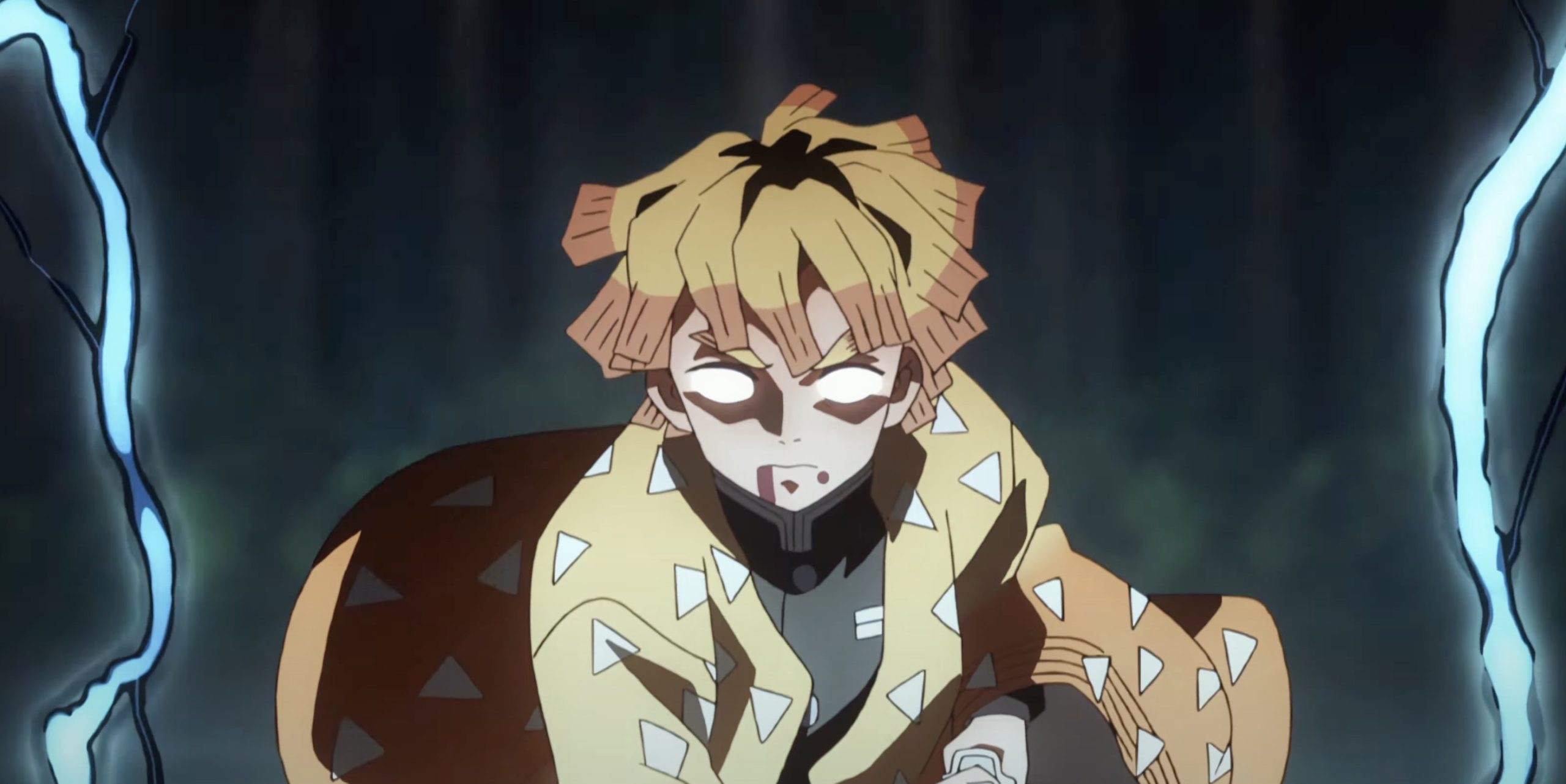
But as in the folktale, there is often hidden depth beneath the surface for those with patience and compassion.
The Hidden Gifts of Zenitsu and Chuntaro
The sparrow folktale contains many morals, but one pertains directly to Zenitsu – the treasure chests. Despite his low self-confidence, Zenitsu chooses the modest, small chest to represent how he views himself.
However, his singular Thunder Breathing technique proves powerful enough to defeat strong demons.
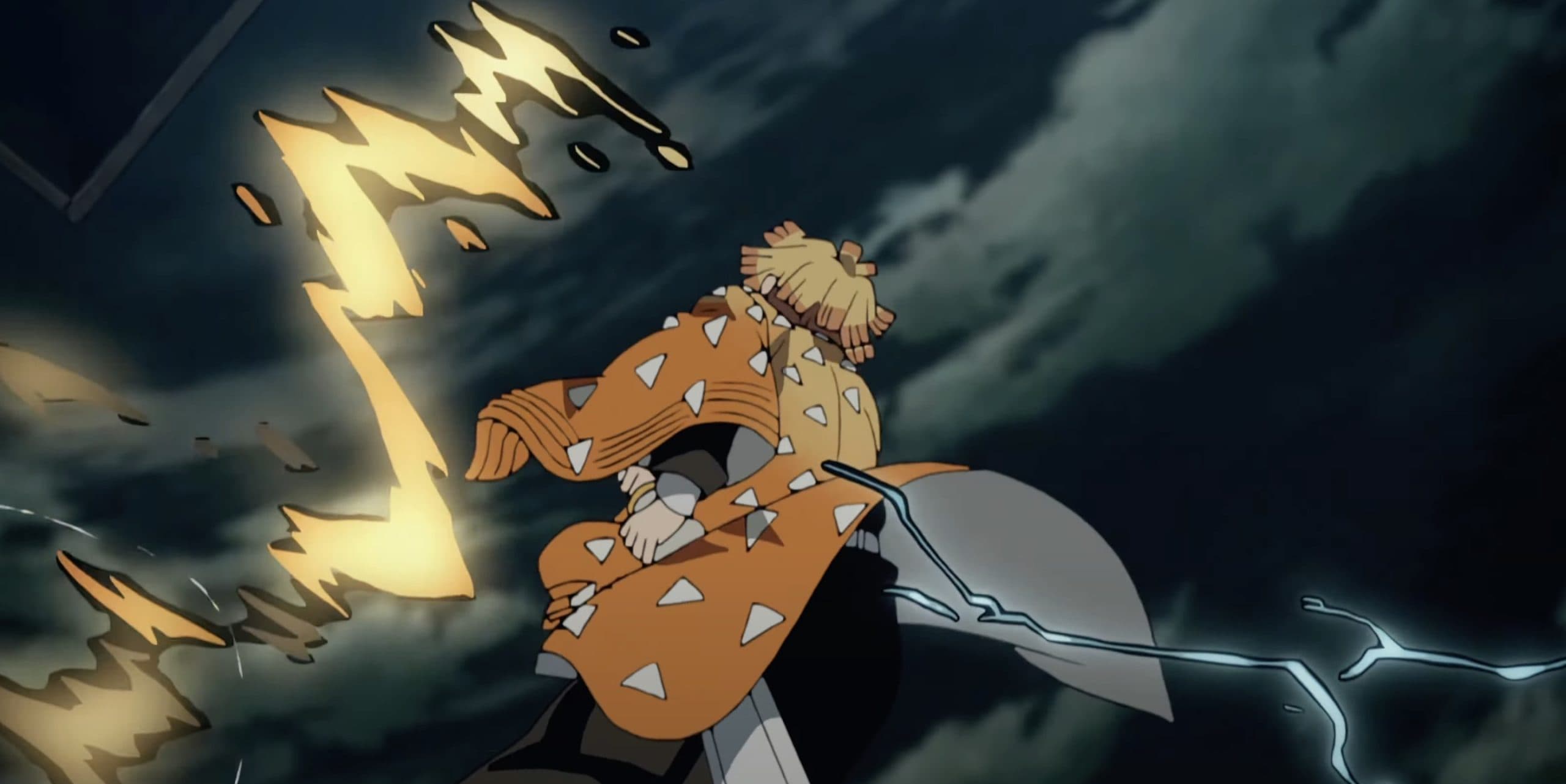
His inherent kindness emerges more as his confidence grows, as seen when he defends children and demands the demon Daki apologize for harming a girl.
In a sense, Zenitsu himself embodies the unassuming small chest, discounted by all but his teacher, yet filled with hidden gifts inside.
Beyond this, sparrows symbolize community, kindness, and luck in Japan – traits Zenitsu needs when he believes himself alone and incapable.
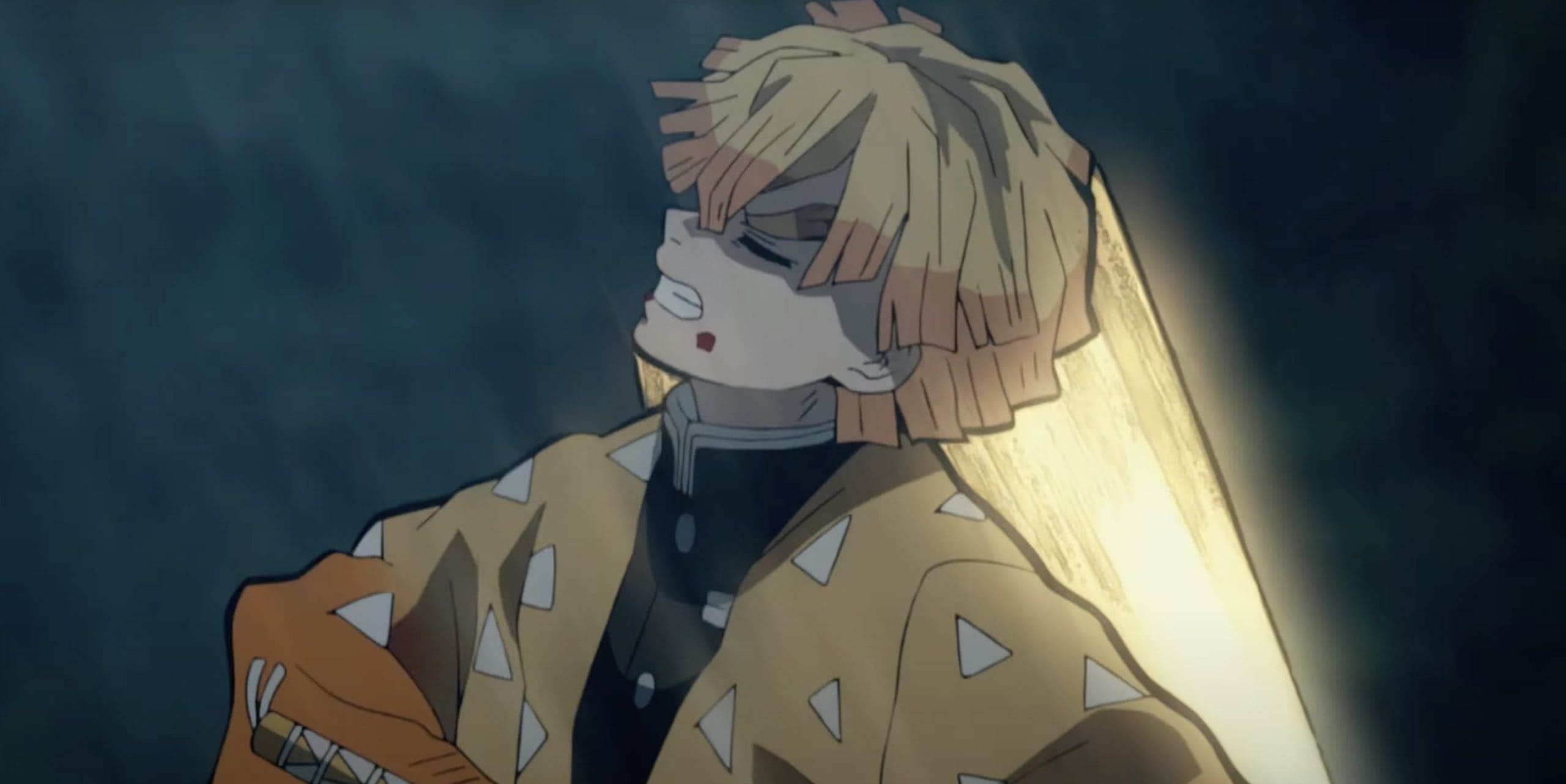
Chuntaro’s faithful companionship provides him with vital reassurance.
While the sparrow’s antics inject comic relief into the grim series, the pairing has a deeper meaning. Chuntaro represents how Zenitsu currently sees himself – but also his future potential.
Like the persevering cut-tongue sparrow, there is ingenuity beneath the confidence.
This promises significant growth for the self-proclaimed coward as his adventure continues. In many ways, Zenitsu and his sparrow are two sides of the same coin. Where one lacks, the other supports, ultimately circling back to wholeness.

